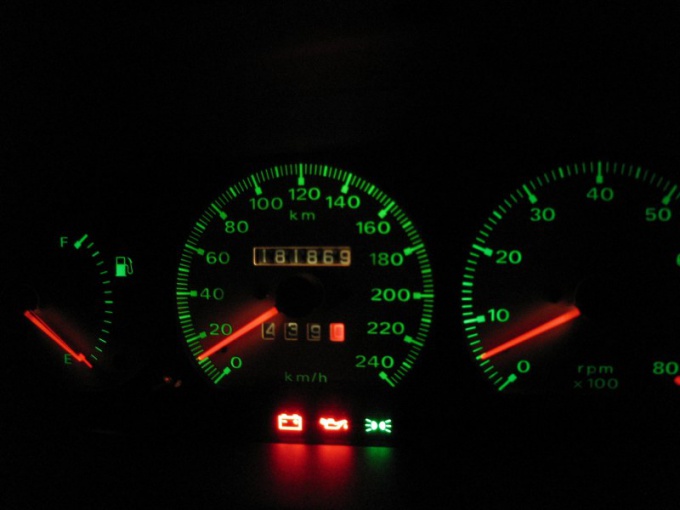You will need
- - paper and pencil/pen;
- - manual for your vehicles;
- fuel for your vehicles;
- - fuel canister.
Instruction
1
Determine the volume of your fuel tank. Usually this kind of information is contained in the operating instructions of the motor vehicle. If you do not have the instruction manual, then you can find out necessary information from an authorized dealer that sells your vehicle. If this option is not possible, look at the official website of the manufacturer, however in this case you should exercise caution and recheck the information received on multiple Internet resources.
2
Fill your fuel tank. If you are concerned that fuel in your tank remained negligible quantity, it is better not to risk it and top up the tank a few liters of Jerry cans. Next you should get to the gas station and fill the tank of your motor vehicle to the maximum level and also re-fill your canister, which will come in handy later.
3
Write off the odometer. This is best done during refueling of the fuel tank or right after, not leaving from a gas station. This information will need later, in order to determine the amount of fuel. Write down the car mileage and save your recording.
4
Use up the fuel. At this step, depending on how often you use your vehicle may require from several days to weeks. After the fuel in the tank will not remain at all, again write down the odometer reading. Fill the fuel tank from the canister.
5
Calculate the consumption of fuel of your vehicle. From the latest odometer reading, subtract the first to find out how many miles you drove on one tank. Now divide the resulting number by the number of liters in your fuel tank: the resulting number is the flow of fuel. Now you know how many miles your vehicle can travel, having spent 1 liter of fuel, and therefore can always determine the amount of fuel in your fuel tank, given you have the miles.
Note
Don't forget to carry a Jerry can of fuel in case you make a mistake in his calculations. However, the best advice is still to replace or repair the faulty fuel indicator.
Useful advice
It is best to experiment with the calculation of fuel consumption two or even three times to get the average.
